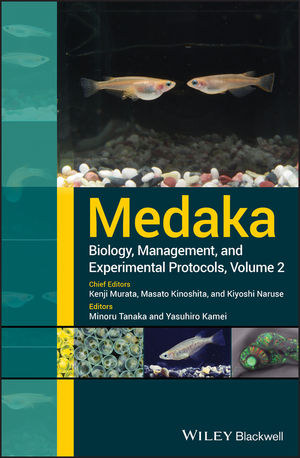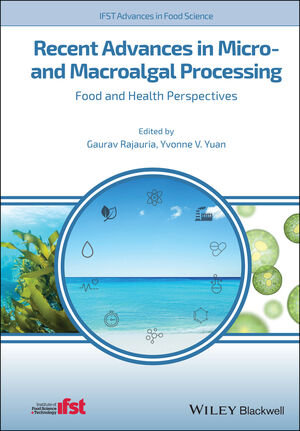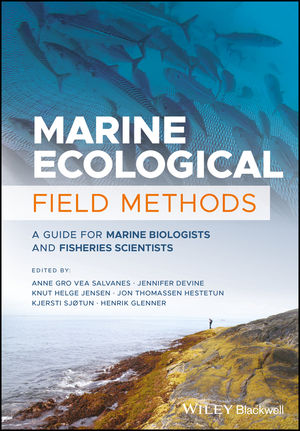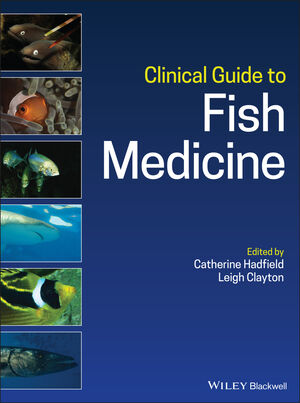
Features
Opinion
Maintaining lake and pond health: A science-based approach to save vital ecosystems
Clean-Flo president advocates for a holistic, science-based strategy that tackles the underlying causes of water quality deterioration.
December 4, 2024 By Dave Shackleton, Clean-Flo International
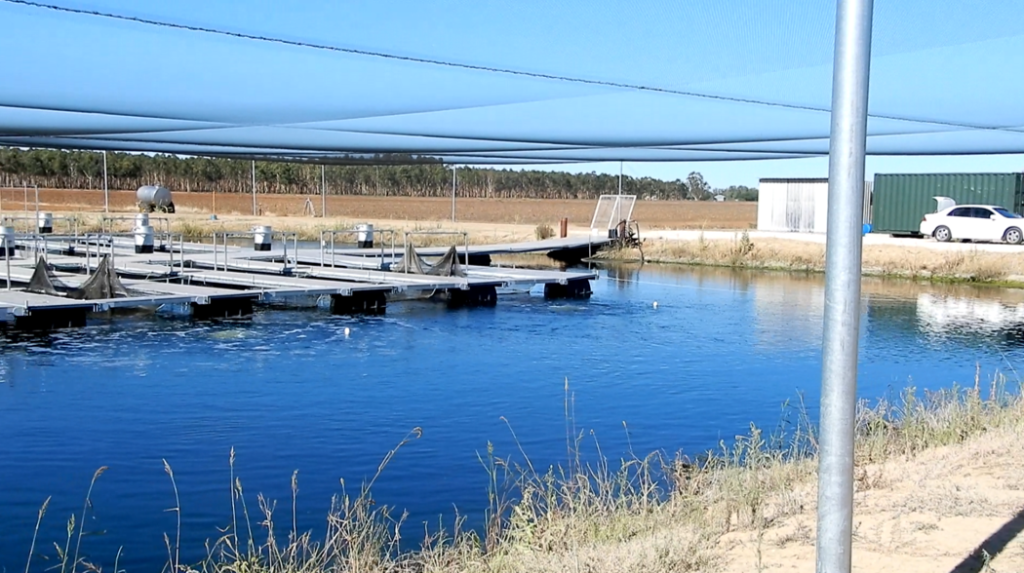 An example of an aquaculture lagoon after RADOR technology was applied. (Photo: Clean-Flo)
An example of an aquaculture lagoon after RADOR technology was applied. (Photo: Clean-Flo) Lakes are more than just bodies of water; they are vital ecosystems that support diverse life forms, provide recreational enjoyment, and sustain local economies. Yet, across the country, these precious resources are under threat. The water quality in our lakes is declining at an alarming rate, leading to severe repercussions.
Observable indicators of this deterioration include the emergence of symptoms such as invasive weeds, algae blooms, the emission of unpleasant odours, and “fish kills.” In aquaculture, effects include higher rates of parasitic infections, higher mortality rates, slower growth and decreased productivity.
Sustainable biological management programs to remediate these lakes to restore and maintain water quality have been developed and successfully implemented for many years now, and the same principles, biotechnology and solutions have now also been delivered to intensive aquaculture operations.
When a crisis occurs, specialists are called in to evaluate and oversee the situation. Diagnostic tests are performed to confirm the presence of a harmful algae bloom (HAB) – a fact that usually is already evident. Frequently, the application of chemicals like biocides is advised.
While the notion of eradicating algae and parasites is enticing, this can lead to a detrimental cycle that accelerates the deterioration of the aquatic ecosystem.

An example of a lake before RADOR technology was applied. (Photo: Clean-Flo)
Over time, the continued application of biocides causes algae blooms to worsen and can cause parasitic resistance to build up. In other words, the symptoms are treated temporarily, but the patient gets worse.
The U.S. Government Accountability Office (GAO) has confirmed the severity of this issue. The findings are clear: we are losing the battle to protect our water resources, and unless we change our approach, the situation will continue to deteriorate.
As a result, many experts are urging a different approach and a more permanent solution.
“The goal should be to reverse the damage and restore the vital health of these aquatic ecosystems, but to do so, we must revise, and sometimes abandon practices of the past that have been widely recognized to be ineffective and embrace a new way of managing our water quality —one that is proactive, science-based, and focused on addressing the root causes of degradation,” says Wayne Carmichael, PhD, a prominent expert in aquatic toxicology, known for his work on toxic cyanobacteria.
Carmichael has over 500 peer-reviewed papers, publications and presentations and has consulted on cyanobacteria issues in over 25 countries. He advises federal, state and local agencies, participates in national and international committees and has contributed to reports for the World Health Organization.
Fortunately, there are effective, comprehensive solutions that can help in the fight to save our nation’s lakes. The solution is a multifaceted approach that addresses the root causes of water quality degradation. Ultimately, this approach can improve water quality, enhance recreational opportunities, and preserve aquatic ecosystems for future generations.
Root causes of lake deterioration
The decline in lake health is driven by several interconnected factors, described in general as eutrophication. Eutrophication is the technical term for the process that occurs when water bodies become overly enriched with nutrients, resulting in sediment nutrient accumulation.
This process is intensified and accelerated in intensive aquaculture because of the high level of feeding and production of excrement in a relatively confined space.
In search of permanent solutions
According to Carmichael, effective restoration of water health begins with monitoring key metrics that go beyond confirming the poor condition of the lake. These metrics should assess the entire ecosystem and provide indicators that can be used to evaluate sustained improvement.
“[As an agency and industry] we have done a good job of monitoring, but now we need to get more serious about remediation and prevention,” says Carmichael.
This does not include simply applying air, flocculating/binding agents or algaecides as a quick fix. Treating the symptoms in this way often causes a rebound effect, where the underlying issues become more severe over time.
The truth is that in most cases biocides, whether herbicides or algaecides, only make the problem worse. Algaecides are more effective against beneficial algae than cyanobacteria, and cyanobacteria are better able to recover after each application.
By killing algae and cyanobacteria cells, toxins are also released, and the dead cells sink to the bottom and compound nutrient recycling when they decompose. As algae die and decompose, oxygen is consumed in the water, leading to hypoxic conditions, “dead zones,” where aquatic life cannot survive. Hypoxia is a major driver of “fish kills” and the loss of biodiversity in lakes.
Addressing the root cause, therefore, means properly managing oxygenation and sediment accumulation.
“In most cases, the nutrients become part of the sediment, which becomes part of the permanent morphology of the lake,” says Carmichael.
An important first step is to identify methods that recycle properly in a natural way those nutrient rich sediments without “just physically removing and dumping them somewhere [through dredging techniques] but allowing them to be used in the lake ecosystem because nutrients are needed for organisms to grow,” says Carmichael.
“Most of the sediment nutrients are organic and can be recycled back through the food web to benefit the natural cycle – not the HAB cycle of the water body,” adds Carmichael.
Addressing hypoxia by ensuring adequate oxygen levels in the water is also crucial for maintaining a healthy aquatic ecosystem. Although there are many different solutions that can be used to help, one promising category involves utilizing Rapid Acting Dissolved Oxygen Restoration (RADOR) technology. Numerous studies have demonstrated that high, stable oxygen levels reduce nutrients and minerals in the water column and can keep phosphorus locked into the organic sediments.
RADOR helps ensure that the necessary increase in oxygen levels is properly maintained throughout the entire water column within a water body.
By increasing dissolved oxygen levels throughout the water column, the RADOR system initiates a sequence of events that bio-dredge mucky sediment, control aquatic weeds, improve water quality, reduce organic muck, nutrients, odor, harmful gases, and coliform bacteria. This helps to restore the nutrient clearing capacity of the food web by improving fish growth and health.
RADOR systems use compressors of various sizes based on the lake and application, along with self-sinking airline and diffusers that maintain full oxygenation from the bottom to the surface of the water.
Bioaugmentation
Another important step in restoring balance to a lake is bioaugmentation, which involves the use of enzymes to break down organic muck, like a compost pile. Boosted by natural enzymes, aerobic bacteria and micro-organisms consume the organic muck and nutrients, while aquatic insects feed on the bacteria, increasing the natural food source for fish.
Critical micronutrients can also be introduced to stimulate the growth of organisms that form the foundation of a productive food web. This enables balance to be restored at the level of phytoplankton, so that beneficial algae can outcompete the toxic cyanobacteria, preventing HABs and providing better nutrition for the food web. The food web becomes more productive so that nutrient clearance is restored, and sediment nutrient stockpiles are depleted as they are biodredged away.
Consistent use of these products over time reduces nutrient availability and helps maintain clean, healthy water. These are only a few of the available solutions, and customized programs based on the specific conditions of each situation, which are typically required to ensure restoration and long-term lake health.
To preserve our nation’s lakes, the industry must adopt a new approach to lake management – one that supports nature and addresses the root causes of degradation. Working with nature, rather than against it, is key to restoring lake health.
 Dave Shackleton is president of Clean-Flo International (www.clean-flo.com), a U.S.-based provider of biological water management solutions for managing water quality in biological environments such as wastewater treatment, rivers, lakes, and reservoirs.
Dave Shackleton is president of Clean-Flo International (www.clean-flo.com), a U.S.-based provider of biological water management solutions for managing water quality in biological environments such as wastewater treatment, rivers, lakes, and reservoirs.
Print this page
